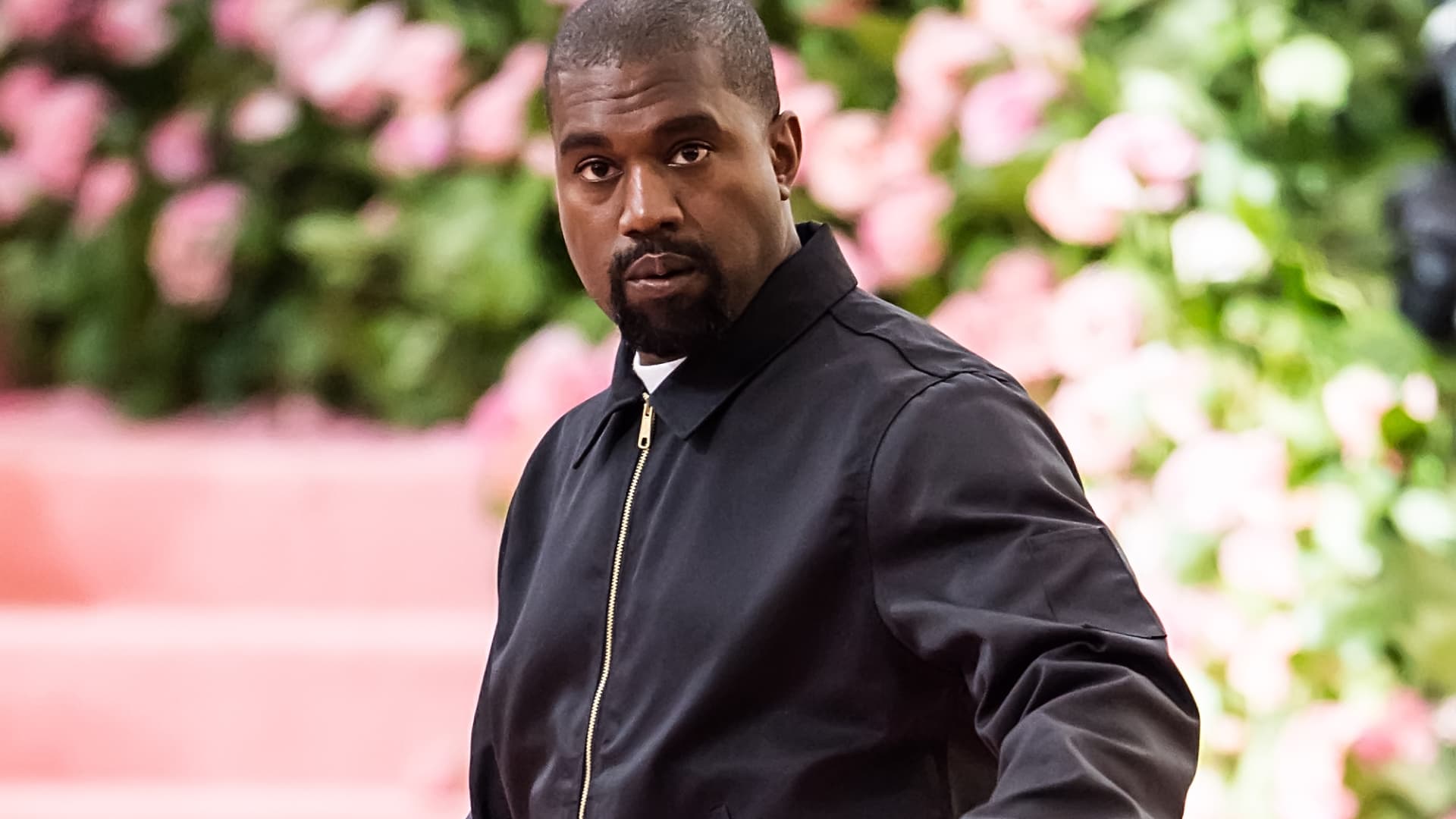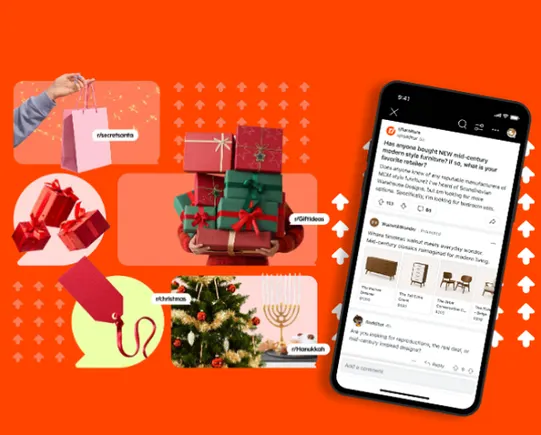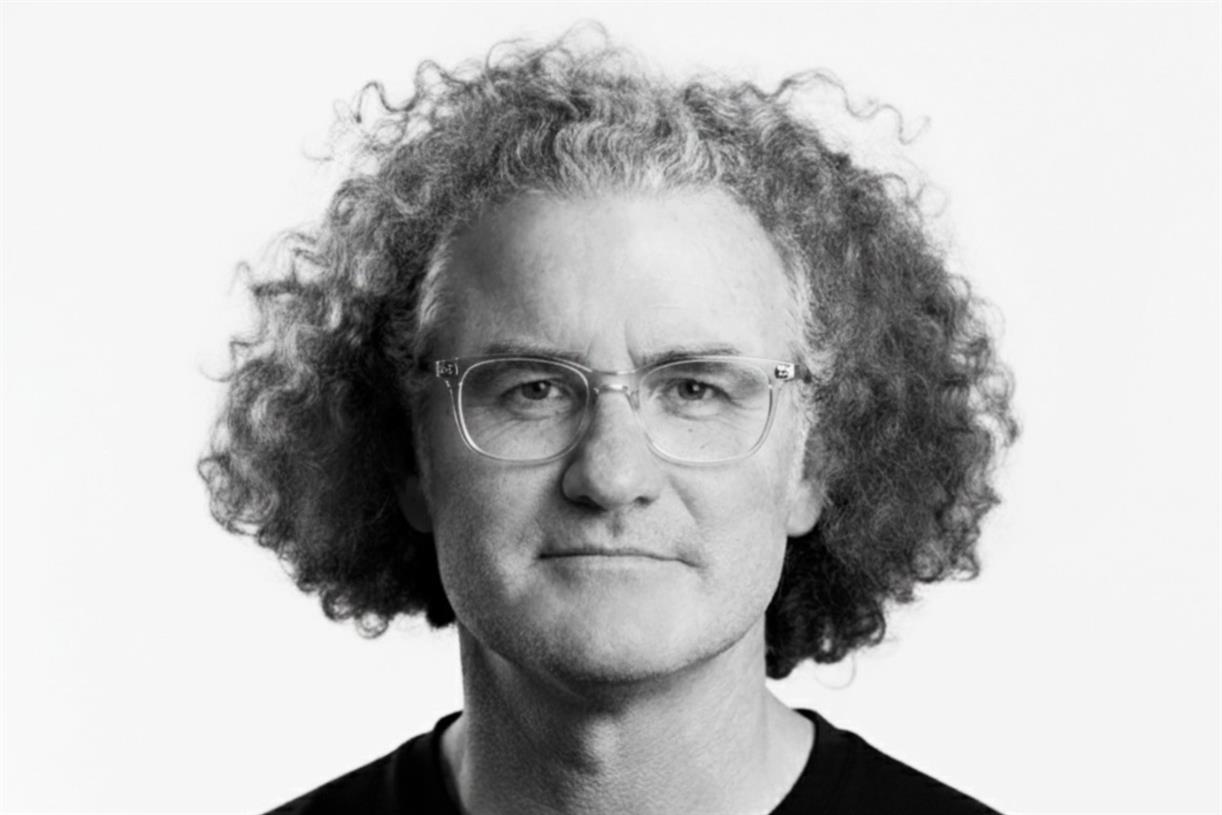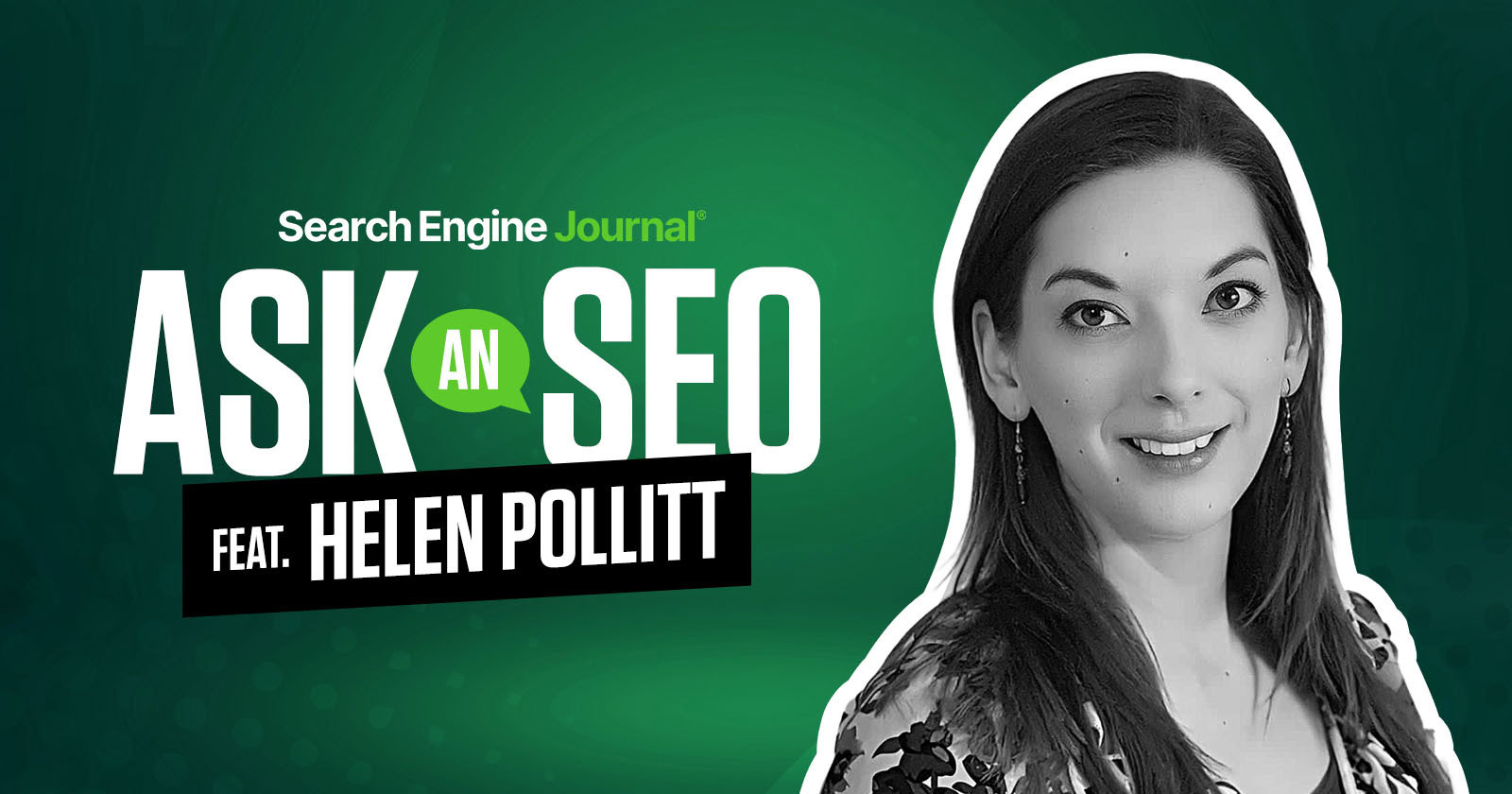Spotify is paying podcasters tens of thousands of dollars to buoy its own sponsorship tool
Illustration by Alex Castro / The VergeAnchor promised to find sponsors for small podcasts, but Spotify is footing the bill Continue reading…

/cdn.vox-cdn.com/uploads/chorus_image/image/68699205/acastro_200914_1777_anchor_0001.0.jpg) Illustration by Alex Castro / The Verge
Illustration by Alex Castro / The Verge
Anchor promised to find sponsors for small podcasts, but Spotify is footing the bill
John Newman is the type of person companies like Spotify want to get involved in podcasting. He has a niche interest — collecting sports playing cards — and is passionate and knowledgeable about the topic. When he went looking for a way to start his own show, Sports Card Nation, in 2018, Anchor stood out. The podcast creation app, now owned by Spotify, makes it easy to record an episode, and it offers a novel feature for new podcasters: sponsorship opportunities for everyone.
What Newman didn’t expect, however, was that the main advertiser using Anchor’s sponsorship feature would be Anchor itself. Newman says over the course of two and a half years on the platform, he’s had only three sponsors through Anchor: Anchor, Pocket Casts, and a company called The Black Tux. One of those companies, Pocket Casts, didn’t even pay for its sponsorship, a source close to the company confirms — instead, Anchor covered its costs to promote the feature. Newman says both the Pocket Casts and Black Tux sponsorships lasted less than a month and netted him no more than $50 total. Anchor, on the other hand, has paid him around $2,500 to advertise its own service.
“It’s just a blip compared to Anchor,” he says.
Nine podcasters tell The Verge the same story: Anchor’s sponsorship feature seems to be seriously lacking in sponsors, and they’ve received few, if any, opportunities beyond Anchor or Spotify itself. Three people say they’ve earned thousands from Anchor and Spotify alone. Three also say they have now left or are looking to leave Anchor’s platform because they’re not receiving new sponsors.
Anchor’s software is designed to let anyone start a podcast just by recording into their phone. It promised to help podcasters monetize those shows through a feature called Anchor Sponsorships, which launched in November 2018 in the US, just months before Spotify acquired the company for $140 million. The functionality is akin to something like YouTube ads — advertisers are automatically matched with podcasts that fit their target demographic, and the hosts can then do ad reads for the sponsors and make money.
It’s a radical idea, especially for smaller creators. Typically, advertisers only work with shows that reach tens of thousands of listeners. With Anchor’s approach, sponsors can distribute their ad impressions across many shows, rather than focusing on one or two in a specific network. The hosts can always pass on a sponsorship opportunity, too, if they’re not interested.
“We’re determined to level the playing field for podcast monetization by enabling new creators to get paid and new brand dollars to enter the market,” Anchor said when it announced the feature.
But it now seems that the grand vision isn’t panning out, and it may in fact be costing Anchor money to keep running. Sponsorships is becoming more of a marketing avenue for Spotify to entice new creators to join its platform and to keep them there.
Most of the podcasters The Verge spoke with signed up for Anchor’s sponsorships feature last year and received Anchor itself as their first sponsor. They received $15 for every 1,000 people they reached. These podcasters say their Anchor sponsorships ended in the second half of 2020, and they weren’t offered a possible renewal date or a new sponsor to replace it. Three hosts say they only made around $50. Newman said his sponsorship briefly ended around three months ago, but he emailed with the company, and Anchor switched it back on at a different CPM, or cost per 1,000 listeners. It’s unclear why.
Newman says he hasn’t had a sponsor other than Anchor for the past two years, even though his show has grown and now reaches anywhere from 1,500 to 3,000 people per episode. He estimates Anchor has paid him around $2,500 over his nearly two and a half years on the platform. He currently still runs his Anchor sponsorship at a $17 CPM, along with other ads he obtained on his own outside of Anchor.
Blake Chastain, a podcaster who creates two shows including one called Exvangelical about “coming to terms with the messed up subculture of evangelicalism,” says both his shows lost their Anchor sponsorships last year. His spirituality podcast reliably reaches 2,000 or more people per episode, he says, while the other is nascent. He says he and five other podcaster friends haven’t been matched with a sponsor in months, since the Anchor sponsorship ended, and they’re now looking to move over to Megaphone, a hosting company recently acquired by Spotify.
Megaphone costs money to use as a hosting provider, but in exchange, it offers an advertiser marketplace, which allows companies to have their ads inserted into shows that fit their target demographic, similarly to Anchor’s offering. Hosts don’t read the ads, however. The main barrier to entry is that Megaphone only offers its services to shows or networks with 20,000-plus listeners per episode, which is why Chastain would have to coordinate with other podcasters.
“I feel like Spotify is well-positioned to offer things to indie podcasters, just as much as they are to develop their own in-house stuff by buying outlets like Gimlet, but it just hasn’t materialized yet,” he says. “So that’s sort of why when you’re smaller, you’re just doing stuff on your own, just sort of keep your options open. That’s why we’re exploring that [move to Megaphone].”
Two other podcasters mentioned receiving sponsorships, in addition to Anchor’s own, including one for a sleep podcast called Deep Sleep Sounds and one for Spotify itself. The podcaster who received the Spotify sponsorship, Dalton Trigg, says he and his co-host made $1,700 from Anchor and $900 from Spotify while on the platform for approximately a year and a half. They’ve since left Anchor and joined the Blue Wire podcast network with their basketball show, Mavs Step Back, and use Simplecast for hosting.
“We made the switch because after nearly two years of having somewhat consistent ad money, we went two to three straight months at the end of last year where we had no sponsors at all,” he texted The Verge. “And the NBA offseason is our busiest time of the year for the pod, so that was frustrating for us — that it just all of a sudden cut off. Anchor support kept preaching patience and saying that they’d keep trying to pair us with new sponsors, but it got to the point where we had to make the move so we could continue to grow.”
The fact that Anchor seems to be bankrolling its own sponsorship feature doesn’t bode well for Spotify, especially considering the critical role Anchor plays in the company’s growth strategy. Anchor offers its software and hosting service for free, which brings new podcasters into the field. It also beefs up Spotify’s own show catalog. The company told The Verge that Anchor launched 1 million new shows in 2020 alone and powers 70 percent of Spotify’s podcast catalog. Spotify has signed Anchor creators to exclusive deals, too, and a spokesperson said last month that 100,000 creators had generated revenue through Anchor’s sponsorships product to date.
Still, the situation all these podcasters depict suggests that while Anchor is attracting creators, it might not be making much money through selling advertisements. In fact, it’s seemingly just spending it. Plus, the success some of these podcasters have had in attracting outside advertisers demonstrates that once they reach a certain audience threshold, they’re sometimes willing to leave Spotify behind.
We reached out to Spotify for information about which other advertisers currently use Sponsorships, as well as how much money the company has spent on these ads, but it declined to comment on the record.
Spotify did put us in touch with the podcast How Long Gone, however, which launched in March 2020 and is distributed through Anchor with most ads coming from Anchor Sponsorships. The hosts, Jason Stewart and Chris Black, say the majority of their ads market Spotify, Anchor, and Anchor-made shows. Spotify and Anchor have paid them “tens of thousands” of dollars in ad revenue in less than a year, they say. (They also host a separate, Spotify-exclusive show that highlights Anchor’s newest feature — the ability to include music in shows — called How Long Gone Radio.)
“It’s kind of like an interesting ecosystem,” Stewart says. “It’s like a garden that waters itself, as long as you have the good ol’ Spotify deep pockets.”
They’ve had three other sponsors over the show’s existence that came from Anchor Sponsorships, including Manscaped, Solaray, and Roman. All three, they say, ran for around a month each.
“It’s good to just be able to have that Spotify and that Anchor as your baseline to where even if you’re making a dollar a day off of it, or whatever, at the beginning, it’s nice to just see that,” says Stewart. “It’s kind of like gambling or something like that. You look into your wallet, and you get to see every day how much more money you’re making, and then it helps you kind of track your growth and your goals, and having Spotify and Anchor there throughout the entire time was an amazing foundation to build on top of.”
Analysts at Citi sent a note to clients last week advising them to sell their Spotify stock, particularly because its podcasting endeavors hadn’t yet resulted in a meaningful uptick in premium subscribers or app downloads. Anchor has, so far, been a creation success story for the company. Even these podcasters, when asked, all say they don’t regret using the app and found it made podcasting approachable. Receiving money from Anchor didn’t hurt, either, and was like a cherry on top.
But did Spotify enter the podcasting space to subsidize creators in making new shows, or to help itself make more money? Anchor’s sponsorship situation seems to be testing that choice.

 FrankLin
FrankLin 






























